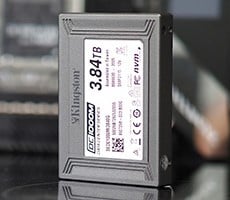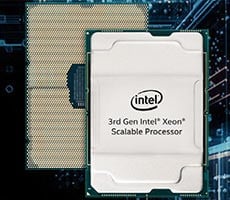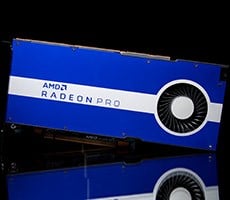802.11ac Wi-Fi Router Round-Up: ASUS, Netgear, D-Link, and TRENDnet
The six antennae gracing its top lay down flat when it's in the box, and they can be flipped up to help boost signal strength. It's a really slick design, and we much prefer it to that of the others here where they either protrude weirdly from all sides. It's also nice to be able to flip them down if you are packing the router up without having to worry about losing or damaging them. There's also a vertical row of white LEDs running up the center of the router to indicate activity. It looks very cool, and we prefer the softer white LEDs to super-bright blue ones, but that's just personal preference. At the bottom of the row of LEDs are small buttons to turn WiFi on or off, and a WPS button.
Out back the Nighthawk features all the usual suspects, including four Gigabit LAN ports, one Gigabit WAN port, a USB 2.0 port, a USB 3.0 port, a power button and a pinhole to reset the router.
This router features Smart Connect technology (like the others), which puts both 5GHz channels onto the same SSID and "intelligently" selects which one a device needs according to what it deems is the "fastest." You can also disable this of course, and just run three separate networks. Netgear also includes the ability to setup secure guest networks on all three bands too. It features Dynamic Quality of Service that prioritizes video streaming and gaming, and also comes with a backup utility for Windows PC named ReadyShare Vault that's sort of like Apple's Time Machine. You have to connect a storage device to the router, and it will allow you to backup and restore files from any connected PC, and you can also schedule this activity as well.
Netgear Nighthawk X6 Tri-Band WiFi Router R8000 Setup
The setup routine for the Nighthawk went off without a hitch. We plugged in the router, power-cycled our modem, and when we opened a browser the Netgear Genie appeared to walk us through the setup process. It was a simple matter of clicking through dialogue boxes, and it took about two minutes. We appreciated the fact that it automatically checked to see if the firmware was out of date; a nice touch that we wished every router performed during setup. We did have to dig into the manual for the login credentials when we wanted to actually make changes to its settings, but we did like that the default router address is simply www.routerlogin.net instead of a hard-to-remember URL or IP address.
Looking at the interface, the highest-level view is remarkably simple to digest and it provides useful information, but as soon as you click through to any window you are met with an ancient interface that looks like its been in use for ages.
The smooth polish and easy-to-use nature vanishes, and is replaced by IT-type dialogue boxes that we've all seen since the beginning of time on routers. It's interface is the most dated looking of this group, and a router of this caliber deserves better in our opinion.
The good news is more tech-savvy people will feel right at home with it, and you can tweak the settings to your heart's content. There are advanced controls for every facet of the router, including access controls, media streaming, security and lots more. This is a full-featured router, with every advanced feature any user could ask for.











